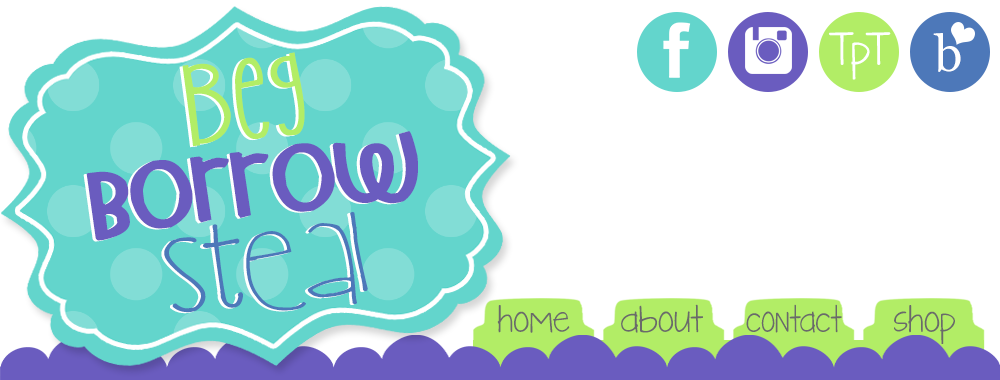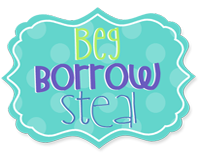Replacing Sounds

Rhyming is a phonemic awareness skill we will be working on throughout the school year. This is when we replace the onset (first or initial sound) and keep the rime (ending). For example, if the rime is -un, we could add the onset /s/ to -un and get the word sun. If we change the /s/ to /f/, the new word is fun. This is called 'replacing the initial (or beginning) sound.'
Practicing this skill is an important one for children who are learning to read. In fact, Dr. Seuss was well-known for making up silly, nonsensical words that rhyme simply by using this particular technique when writing his children's books (do you remember how the 'Gink likes to drink pink ink?' or that 'Mr. Wump has a Gump with a hump?'). At the end of the year and into 1st grade, children learn what is called 'Word Families' which are basically words that have have the same rime (ending).
The following would be in the same 'family' of words: sun, bun, gun, run, fun, nun
We practice replacing the initial sound in an almost game-like way for a few minutes each day. Similar to the way we practice blending compound words together, the same format is used. Both hands are placed palms up and separated by about 12-inches in front. The initial or beginning (first) sound goes in one hand (for the child, it goes in the left hand but for the teacher, who is in front of the child, it goes in the right hand) and the rime or ending sound goes in the other hand. Bring both hands together to blend the sounds together. /s/ -un = sun
To replace the /s/ we 'throw the /s/ away by tossing it over the shoulder (miming this motion) and place a new sound in the palm of the hand and repeat.
/f/ -un = fun.
The same technique is used to replace ending sounds but the key here is to over-enunciate the sounds. Why? MOST people do not speak very clearly and in particular, tend to slur and not clearly pronounce the endings of words. For children who are learning English, this can make learning ending sounds extremely difficult as they don't 'hear' the sounds! This means that when practicing this particular activity, it is critical to not only be clear but to really over-emphasize the ending.
It isn't necessary to utilize rhyming words to practice replacing the final (or ending) sounds. In fact, it may just confuse the child if you do so use other words instead. Be careful to use words that end in consonants as if you use words that end in vowels you are more likely to have a child who will look quite muddled! Simple consonant-vowel-consonant (c-v-c) words are best. Words such as dog, hat, mud, pig, etc. are good to use in the beginning.

Try the following: pi- /g/ = pig pi- /t/ pi- /l/ pi- /p/
Note that in the beginning, children will often spout out rhyming words! This is natural because they are so familiar with trying to make up rhymes…it will take a bit of prompting to get the focus on the ending sounds.
Keep at it as this is such an important part in laying the foundation for phonemic awareness.










No comments:
Post a Comment
I {puffy heart} comments!!!!